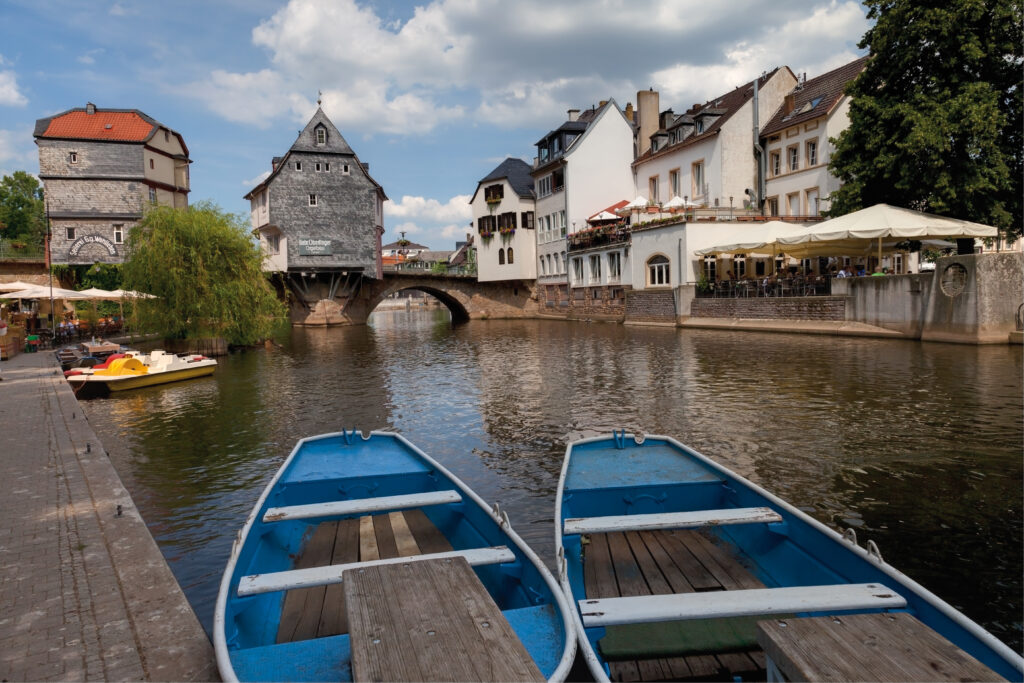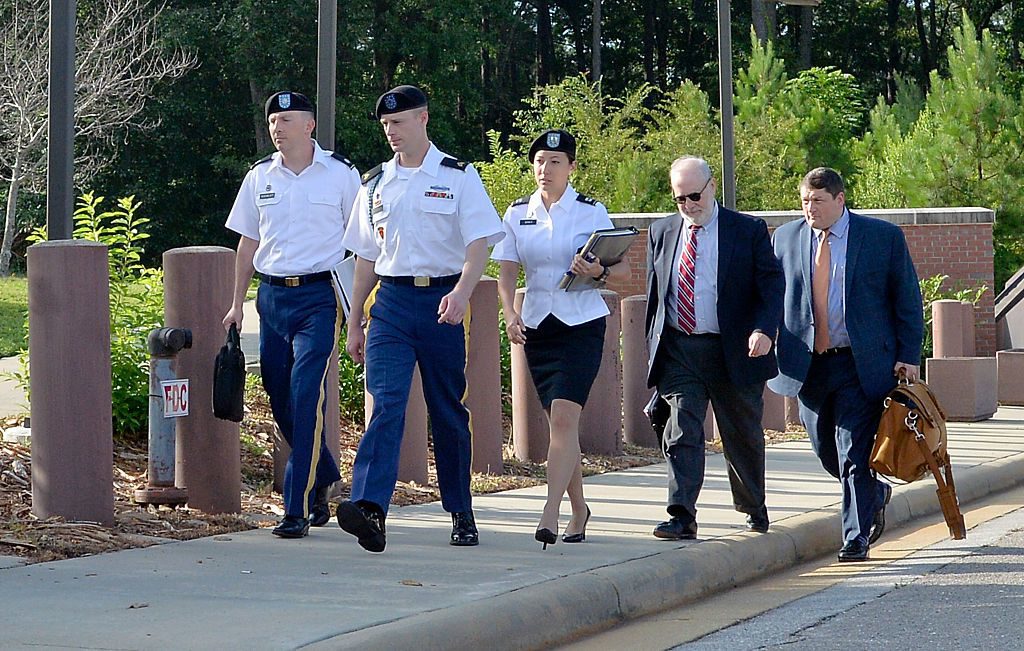The Law Office of Will M. Helixon is committed to providing expert legal support tailored specifically for military personnel. We ensure that every service member receives top-notch defense and clear guidance. Whether you face complex legal challenges or need advice, we’re here to help you navigate the process confidently and skillfully.
Local Attorney for Representation in Wiesbaden Area
Being aware of the many possibilities associated with military legal actions, we know it is essential to react immediately to any legal issues by meeting with a knowledgeable military attorney. Our firm’s history of actual service in the military will help you recognize the alternatives and your next steps during this demoralizing time. Will’s qualifications as a former active-duty enlisted Soldier (paralegal), an active-duty officer (judge advocate) for nearly 18-years, and a current reserve officer (Lieutenant Colonel Judge Advocate), gives the Law Office of Will M. Helixon a distinctive point of view to your legal struggles. If you’re facing adverse legal actions as a result of your military service in the Wiesbaden Area (Lucius D. Clay Kaserne), you need legal advice you can trust. With over 30 years of combined civilian and military practice, our legal defense team is incomparably situated to represent you in any of a variety of military cases. If you need highly-skilled military lawyer in the Wiesbaden Area (Lucius D. Clay Kaserne), reach out to us today at +49 (0) 9662.293.8047.
Origins of Wiesbaden Army Airfield (Lucius D. Clay Kaserne)
Wiesbaden Army Airfield and Clay Kaserne, located in Wiesbaden, Germany, has a rich history dating back to the early 20th century. Originally established as a German military airfield in the early 1900s, it was taken over by the United States Army after World War II and has served as a crucial military installation ever since. In this essay, we will trace the history of WIESBADEN ARMY AIRFIELD and Clay Kaserne, from its early days as a German military airfield to its current role as a vital US military base in Europe.
Early History: Wiesbaden Army Airfield has its roots in the early years of aviation when Germany was a pioneer in the development of military aviation technology. In 1913, the German army established an airfield in Wiesbaden, which it used for training its pilots and aircrew. During World War I, WIESBADEN ARMY AIRFIELD played a crucial role in Germany’s airpower, providing fighter planes and bombers for the German military.
After the war, the airfield remained operational, and as Germany began to rebuild its military capabilities in the years leading up to World War II, WIESBADEN ARMY AIRFIELD continued to play a key role in the German military establishment. Germany’s air force, the Luftwaffe, increasingly relied on WIESBADEN ARMY AIRFIELD as the primary location for its fighter and bomber units.
During the Second World War, WIESBADEN ARMY AIRFIELD was heavily bombed by the Allies, and much of the airfield and its infrastructure was destroyed. By the time the war ended in 1945, WIESBADEN ARMY AIRFIELD was in ruins, and its importance as a military installation for the German army and air force was greatly diminished.
US Occupation and Reconstruction: After World War II, WIESBADEN ARMY AIRFIELD was occupied by American forces, and it began a new phase in its history as a critical U.S. military installation in Europe.
The reconstruction of WIESBADEN ARMY AIRFIELD was undertaken by the U.S. Army, with a focus on building new facilities and infrastructure to support the growing U.S. military presence in Europe. In the 1950s and 1960s, WIESBADEN ARMY AIRFIELD was expanded to become one of the largest U.S. military bases in Europe, with a variety of facilities for personnel, equipment, and operations.
In the late 1950s, construction began on Clay Kaserne, a large military compound adjacent to WIESBADEN ARMY AIRFIELD. Named after General Lucius D. Clay, who oversaw the successful reconstruction of Germany after World War II, Clay Kaserne was designed to house the growing number of U.S. Army personnel stationed in the Wiesbaden area.
During the Cold War: The Cold War between the United States and the Soviet Union was a defining period in the history of WIESBADEN ARMY AIRFIELD and Clay Kaserne. With the threat of a Soviet attack on Europe ever-present, the U.S. military maintained a large and active presence in Wiesbaden throughout the Cold War, with WIESBADEN ARMY AIRFIELD as a critical part of its infrastructure in Europe.
During the 1980s, WIESBADEN ARMY AIRFIELD was a hub of U.S. military operations in Europe, with a wide variety of aircraft and support facilities operating from the airfield. As tensions between the United States and the Soviet Union intensified, WIESBADEN ARMY AIRFIELD played a crucial role in the deterrence of any potential Soviet attack on Europe.
The 1990s and Beyond: With the end of the Cold War in the early 1990s, the role of WIESBADEN ARMY AIRFIELD and Clay Kaserne began to shift. The U.S. military presence in Europe was gradually reduced, as the need for a large military infrastructure in Europe decreased.
However, WIESBADEN ARMY AIRFIELD and Clay Kaserne have remained important U.S. military bases in Europe, providing critical support for U.S. military operations around the world. Today, WIESBADEN ARMY AIRFIELD is home to a variety of units and facilities, including the U.S. Army Europe headquarters, as well as a range of support and training facilities for U.S. military personnel and their families.
The history of Wiesbaden Army Airfield and Clay Kaserne is a fascinating story of the evolution of military technology and the complex geopolitical forces that have shaped Europe over the past century. From its early days as a German military airfield, to its role as a key U.S. military installation during the Cold War, to its current role as a hub of U.S. military operations in Europe, WIESBADEN ARMY AIRFIELD and Clay Kaserne have played a critical role in the history of Europe and the United States. Today, they remain important facilities for the U.S. military, and a symbol of the long-standing partnership between the United States and Germany.
Wiesbaden Army Airfield and Clay Kaserne Today
Wiesbaden, Germany, is home to United States Army Europe and several other units including:
- 2nd Theater Signal Brigade
- 102nd Signal Battalion
- 66th Military Intelligence Brigade
- 2nd Military Intelligence Battalion
- 24th Military Intelligence Battalion
- 405th Army Field Support Battalion
- 1st Battalion, 214th Aviation Regiment
- 4th Air Support Operations Group
- 552nd Military Intelligence Battalion, 207th MI Brigade
- 529th MP Company
Wiesbaden Surrounding Area:
Wiesbaden, Germany
Wiesbaden, Germany, is about 9 kilometers (5 miles) from the center of the post. It will take about 14 minutes to drive to the city center from post. Wiesbaden is a city of about 275,000 people. It is about the size of Toldeo, Ohio.
Closest Major and Historic Cities to Wiesbaden: Frankfurt International Airport, Frankfurt am Main, Bad Kreuznach, Koblenz, and Cologne
Frankfurt International Airport
Frankfurt International Airport is the 9th busiest airport in the world with 56,436,255 passengers annually. This is more than Hong Kong, and slightly less than DFW International Airport. It is the 18th largest in terms of land area, more than Toyko and slightly less than JFK airport.

Frankfurt International Airport is 30 kilometers (18.5 miles) and it will take 30 minutes to drive there during normal traffic conditions.
Frankfurt am Main, Germany
Frankfurt am Main, Germany, is a city of about 750,000 residents and is 38 kilometers (about 24 miles) from the Wiesbaden area. Frankfurt am Main is a about the size of San Francisco, California, (home of University of California, Hastings College of Law) and Indianapolis, Indiana (home of Indiana University – Purdue University – Indianapolis). By car, it will take about 40 minutes to get downtown.
Bad Kreuznach, Germany

Bad Kreuznach, Germany is a city of about 50,000 people and is 60 kilometers (about 68 miles) from the Wiesbaden area. Bad Kreuznach is about the size of Flower Mound, Texas, or Ames City, Iowa (home of Iowa State University). It is about 45 minutes from Wiesbaden to the city center.
Koblenz, Germany

Koblenz, Germany, is a city of a little over 113,000 citizens and is 109 kilometers (about 68 miles) from the Wiesbaden area. Koblenz is about the size of College Station, Texas, (home of Texas A&M University) or Costa Mesa, California. It is about an hour-and-ten-minute drive from the Wiesbaden area to the city center.
Cologne, Germany

Cologne, Germany, is a city of about 1 million residents, and is 174 kilometers (about 108 miles) from the Wiesbaden area. Cologne is a city about the size of Austin, Texas, (home of the University of Texas and international music/arts festival SXSW) or San Jose, California (home of San Jose State University). The drive will take about 2 hours and 15 minutes to get to the city center. From Grafenwoehr, Germany, it is about 214 kilometers (133 miles) and the drive will take about 2 hours and 15 minutes.
Other Military Facilities Near the Wiesbaden Area
The Kaiserslautern Military Community, Landstuhl Regional Medical Center and Ramstein Air Force Base are about an hour’s drive from the Wiesbaden Army Airfield and Clay Kaserne.
Background of The Law Office of Will M. Helixon
Will M. Helixon created the Law Office of Will M. Helixon in February of 2016. Originally headquartered in Kansas City, Missouri, the firm’s ambition was to defend members of the military in courts-martial, adverse administrative proceedings and other criminal proceedings. Today, the firm has acted on behalf of clients and defended Soldiers in multiple complex and high-profile military cases. The firm now handles most military matters, including military justice, administrative law, and legal assistance. Military justice matters include courts-martial defense, investigation defense, and show cause board defense. Military justice cases have included allegations of rape and sexual assault, those that involve child victims, and the violation of lawful orders. Adverse administrative law matters include reprimand rebuttals, including GOMOR rebuttals, security clearance revocation actions, and correction of military records. Legal assistance issues handled by the firm include MAVNI representation, family law issues including separation agreements, and credit card issues. The Law Office of Will M. Helixon also handles medical issues, including those involving the MEB/PEB process. No longer in Kansas City, the firm now has a presence in North Texas, and a European office physically located in Vilseck, Germany. Call us today to assist with your legal issue in the Wiesbaden, Germany, area.

All military lawyers at the Law Office of Will M. Helixon maintain licenses to practice before all military trial courts.
Law Office of Will M. Helixon – Germany, Hans-Ohorn-Platz 7, First Floor, 92249, Vilseck, Germany.
Germany +49 (0) 9662-293-8047
United States (913) 353-6466

